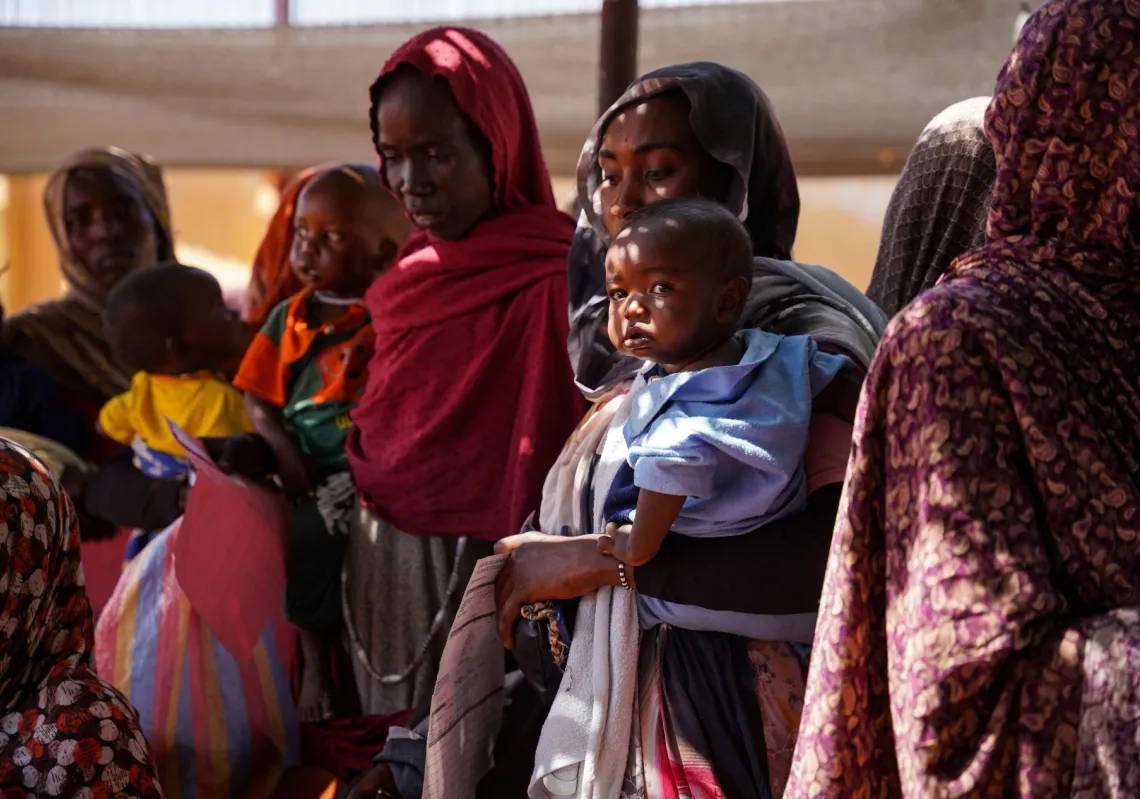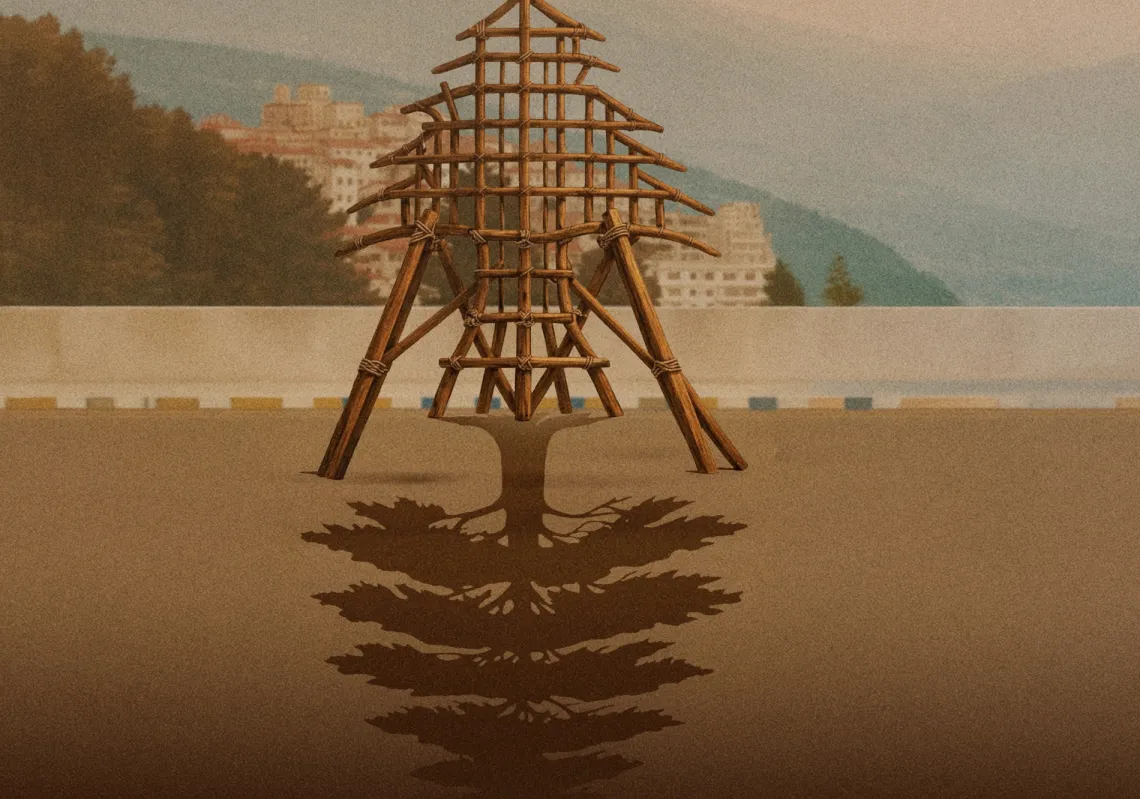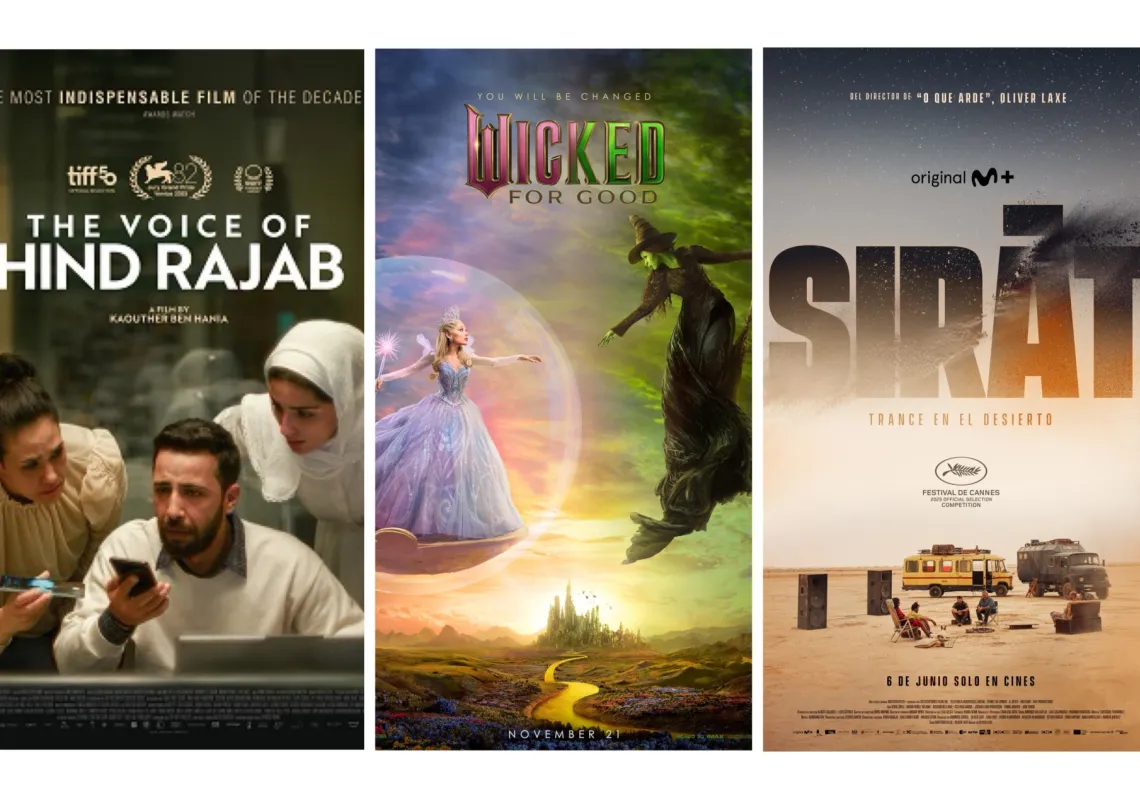Replacing the franc
When King Mohammed V established a central bank independent of France in 1958, he faced financial difficulties in covering the value of the new currency, the Dirham, which drew inspiration from Arab Islamic heritage.
France vehemently opposed Morocco's exit from the Franc zone, fearing a similar rebellion from its former colonies. But the King insisted on complete financial and monetary independence.
Consequently, the Moroccan government acquired French shares in the State Bank of Morocco's capital.
The State Bank of Morocco had been issuing the Franc currency since 1912, after its approval by the Algeciras Conference in Spain in 1906 and following the Kingdom of Morocco's failure to pay its French debts, incurred during the construction of the port of Casablanca.
The central bank, Bank Al Maghreb, was inaugurated in October 1959, issuing new banknotes under the name of the Moroccan Dirham. The banknotes were printed in Switzerland and bore the image of the King. The exchange rate was set at 1.20 French Francs.
Per Jacobsson, the Managing Director of the IMF at the time, played a vital role in providing Morocco with the financial cover they needed, which amounted to $25mn in Special Drawing Rights (SDRs).
Relations between France and the IMF underwent a period of strain and near rupture.

The director of the Paris office, Jean-Victor Malathic, was accused of expediting Morocco's exit from the Franc zone and facilitating support from Washington and the Board of Governors at Bretton Woods institutions.
Some accounts suggest that prominent Jewish figures in finance and business played a discreet role in helping Morocco consolidate its economic independence from France. This was seen as the return of a favour to King Mohammed V, who had refused to hand over Moroccan and Algerian Jews to the Vichy government, allied with the Nazis during the Second World War.
Since then, many countries' relations with the IMF and the Bretton Woods institutions have intensified. Several nations reach out to them during times of global crisis.
However, for historical reasons, Morocco has often received more favourable financial treatment than others in similar situations.
Structural adjustment programme
The Moroccan economy, like other Arab countries, expanded during the 1970s. It benefited from the rise in prices of phosphates, raw materials, minerals, and tourism in the aftermath of the war and the energy crisis of October 1973.
Public investments and foreign debt for infrastructure expanded, wages and consumption increased, and individual income doubled.
However, raw material prices collapsed in the global market amid an unprecedented financial crisis in the early 1980s, catching Morocco off guard.
The budget deficit rose to 15% of the Gross Domestic Product (GDP), inflation exceeded 10%, and the trade deficit was above 12% after the depletion of cash reserves and the fall of the currency's value.
Once again, the IMF's aid was needed.
But between 1983 and 1993, a strict Structural Adjustment Programme was imposed in exchange for financial facilities known as Special Drawing Rights accounts.
The annual budget preparation was controlled by "letters of intent".
Spending on education, health, social care, and employment went down. Unemployment rates, prices, taxes, school dropouts, and rural migration all increased.
Social unrest, including strikes and labour protests, also grew. This was in opposition to the introduction of privatisation programmes, and the selling of parts of the public sector to reduce the financial deficit.
In a previous interview with Al Majalla, Nicolas Blancher, former head of the IMF's Northwest Africa department, outlined the major flaws in placing financial goals and macroeconomic calculations ahead of human education and health.
The Cold War was ongoing between the Eastern and Western powers during this period. Morocco was listed as one of the 17 countries eligible for financial aid in exchange for implementing structural reforms and rescheduling foreign debt, which proved to be divisive.
Under President Ronald Reagan in Washington, Prime Minister Margaret Thatcher in London, and the unlimited liberal alliance, financial support was based on ideological reasons rather than economic ones.
Blancher told Al Majalla: "The generation working at Bretton Woods at the time came from a secluded school of thought that caused social problems in many Third World countries."
This dark phase in Morocco's economic and social history was dubbed the "time of cardiac arrest," as the late King Hassan II described it in one of his letters to the President of the World Bank, James Wolfensohn.














